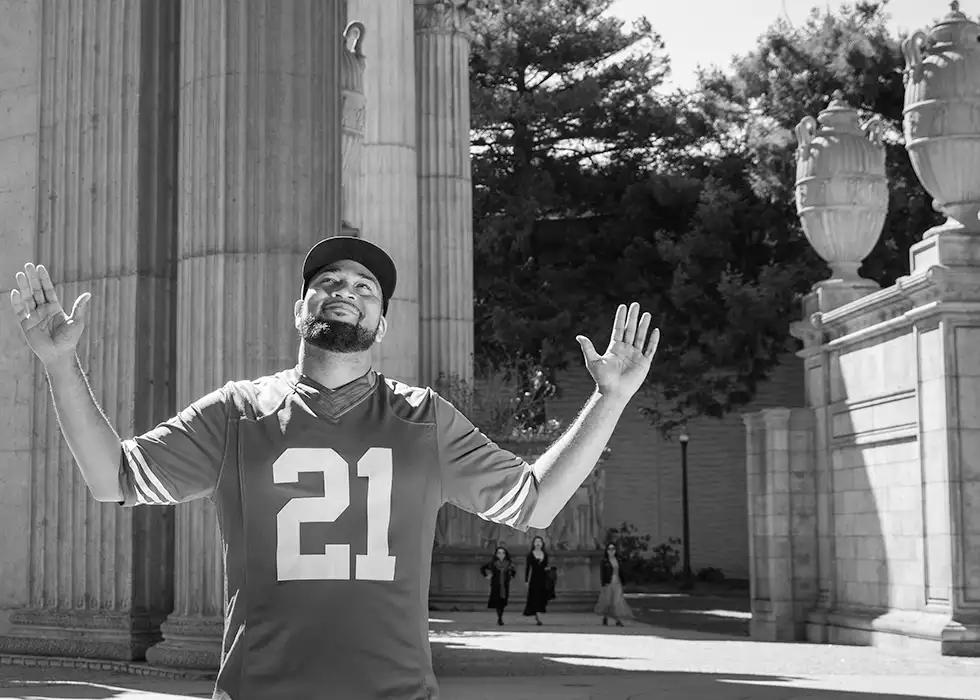What is a Coverdell Educational Savings Account?
Coverdell Education Savings Accounts are a tax-advantaged way to build funds for your child’s education. They may be used along with other investment accounts, such as 529 plans and education savings bonds.
Who can use a Coverdell?
Most people can use a Coverdell plan, though if your modified adjusted gross income is above a certain limit, the amount you can contribute is reduced or phased out entirely.
There’s no limit to the number of accounts that can be established for a particular beneficiary. However, the total contribution to all accounts on behalf of a beneficiary in any year can’t exceed $2,000.
You can make this annual contribution until your child, the beneficiary, turns 18.
Tax benefits
Coverdell plans come with some excellent tax advantages. Though contributions aren’t tax deductible, the investment earnings accumulate tax-free, and qualified distributions are totally exempt from federal income tax.
In many cases you can also claim the American Opportunity and/or the Lifetime Learning tax credit in the same year you withdraw funds.
Qualified expenses
You can use the funds in a Coverdell for primary, secondary, and post-secondary education expenses – in other words, kindergarten though graduate school.
Qualified costs include tuition, fees, tutoring, books, supplies and equipment, room and board, uniforms, transportation, and sometimes computers.
If you don’t use the money for qualified expenses
The money you save and invest in a Coverdell must be used by the time the child reaches age 30 or the earnings will be taxed as ordinary income plus a 10 percent penalty.
If the plan’s beneficiary dies or becomes disabled, non-qualified distributions will be free of income tax.
If you cannot use the money for the student you were initially saving for, you may roll the account over to another Coverdell account for a different family member.
How to open a Coverdell
You can set up a Coverdell at many financial institutions, mutual fund companies, and brokerage houses. Once you open the account, you can immediately begin to invest the money and build funds. Unlike 529 plans, your investment options are virtually unlimited.
You can buy and sell all bonds, stocks, and mutual funds with the money in your account. As the plan’s owner, you, not an account manager, make the decisions. Therefore, it is important to understand at least the basics of investing so you can make wise financial choices, or consult with a financial advisor to help you make knowledgeable decisions.
You don’t want to put your savings at so much risk where the funds may not be there when you need them, nor do you want to keep your money in investments that have such limited growth potential that there won’t be enough for your child’s educational needs.
Education costs can be very expensive, and saving for these expenses at a tax advantage just makes sense. The sooner you begin, the sooner you – and your child – will be able to reap the reward of early investing.
How much should you save?
Not sure how much you'll need to save for a college education? Use this helpful calculator and start saving for the future today.




